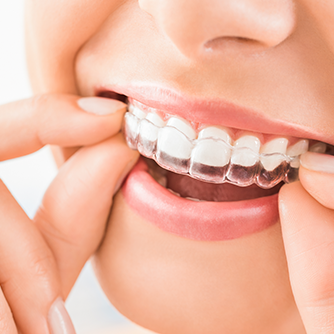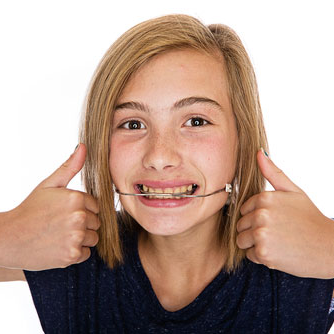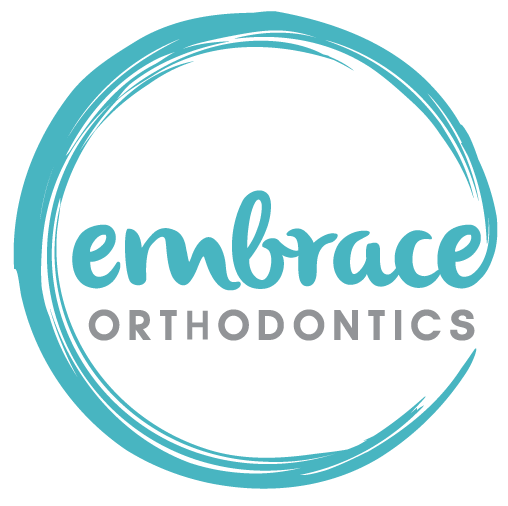What Causes Crooked Teeth and How Do I Fix Them?
There can be multiple factors which lead to dental crowding or crooked teeth.
- If the teeth are larger than the jaw the teeth will not fit correctly and may overlap or twist.
- If the jaw size is smaller than usual, dental crowding can occur when permanent teeth grow in.
- Similarly, if a primary tooth falls out prematurely, surrounding teeth can move into the empty space, leaving not enough room for the underlying adult tooth which in turn will lead to crowding if/when the adult tooth eventually comes in.
- If baby teeth are retained too long and permanent teeth do not erupt properly, dental crowding can occur.
- If an adult tooth erupts abnormally and takes up surrounding space, leaving neighboring tooth/teeth to have localized crowding.
Correcting crooked or crowded teeth is a process that can be approached in different ways.

Dental braces
are a common orthodontic treatment option, particularly for children. As well as aesthetic reasons (correcting smiles) braces can be worn for functional reasons (realigning the teeth for more functional and comfortable bite). There are many types of braces:
-
- Metal braces
- Ceramic braces
- Lingual braces

Invisalign
is a nearly-invisible alternative to braces which corrects teeth misalignment. Treatment consists of a series of nearly-identical aligners that are replaced every one or two weeks, making incremental changes to straighten teeth little by little over time.

Veneers
are an option available to adults who want to correct small misalignments. Custom-printed for the length, size, color, shape, and function of individual teeth, a veneer is a tooth-colored artificial front piece glued to the facial surface of a tooth to improve its appearance. More expensive than braces or aligners, veneers also often require preparing (removing a thin layer of) the tooth surface.

Dentofacial Orthopedics
Extreme cases of dental crowding might necessitate dentofacial orthopedics such as headgear or palatal expanders. These treatments guide facial bone growth as well as aligning teeth correctly.
Crowded or Crooked Teeth in Older Adults
Dental shifting is not an issue that only occurs among children and young adults. As people age, their teeth and mouths change too. Getting orthodontic treatment is an increasingly common choice among adults. The American Association of Orthodontists found that one in five orthodontic patients are over 18. Adults are more and more cognisant that oral hygiene and oral health are inextricably linked to overall health and wellness. They know that the better aligned your upper teeth and bottom teeth are, the lower chance you have of tooth decay, gum disease, halitosis, and many other health concerns, both orally and more in general. The longer that adults keep their teeth, the more important it is that the knowledge of how to keep them healthy is spread about. Braces and preventive care from a qualified orthodontist can go a long way towards keeping your teeth and mouth in great condition well into the future.
Embrace Orthodontics offers a free consultation to new patients in the Ann Arbor area. Learn how our family can help your family.

